Several years ago, a pink mint plant (Stachys drummondii) popped up in front of the tropical sage patch in my yard. Our weekly volunteer team had just found them all abloom in various gardens in Harlingen’s Hugh Ramsey Nature Park, so I knew what it was.
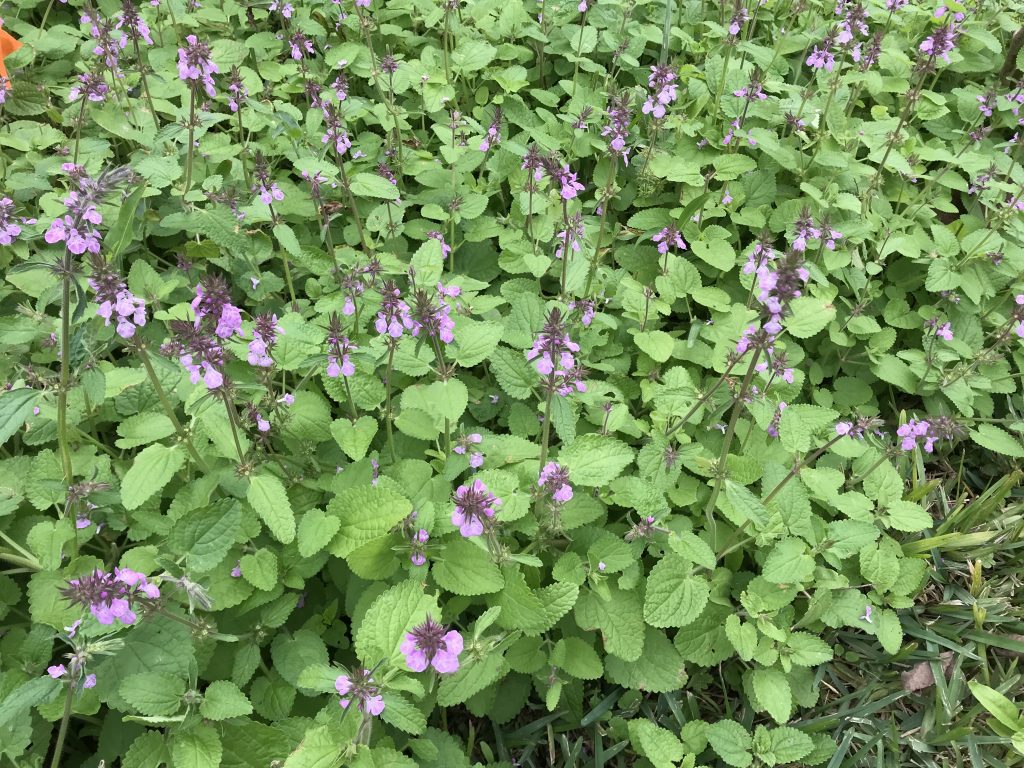
Pink mint was our harbinger of spring, foretelling warmer days after so many weeks of working in the winter weather.
Now, with time gone by, that single plant in my yard has re-seeded itself to near-savannah proportions, breaching the garden border, boldly staking its claim. I don’t curtail it. By the time it wears itself out and disappears with the high heat of summer, it will have fed untold insects, provided safety for lizards, anoles, beetles and bugs within its dense, spring-green, crinkly foliage and added vivid pink color to a winter landscape. Pink mint in bloom
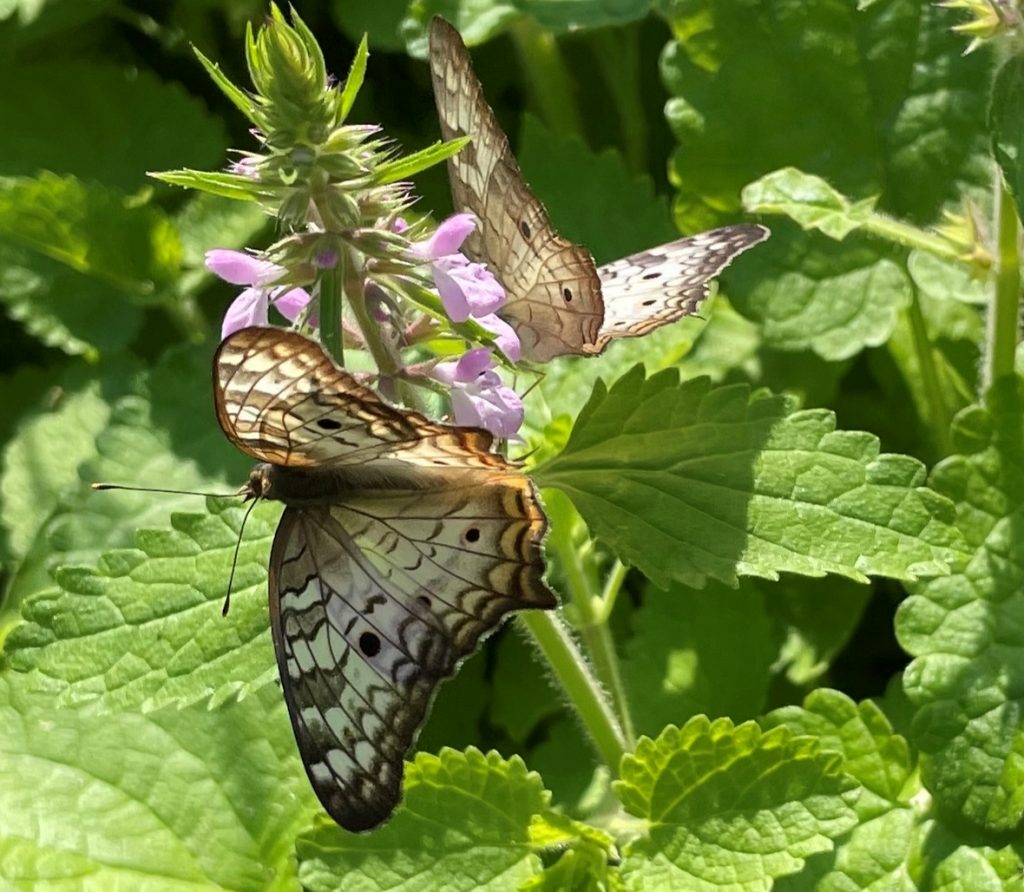
I thought my plants were exhibiting yet another manifestation of the weird weather of 2021, when I discovered pink mint leaves pushing up through the soil – not at their scheduled time, as I thought – but on Thanksgiving day, seemingly three months early. The plants were blooming by Christmas and feeding a late-visiting Monarch butterfly. By the end of December and into mid-January, the patch of pink mint was feeding a dozen fresh white peacock butterflies. By time temperatures plummeted the second week of February, I documented 18 species of butterflies, a few flies and wasps, a Southern pink moth and a dusky herpetogramma moth.
According to our local authorities: Richardson, A., King, K. 2011. Plants of Deep South Texas: A Field Guide to the Woody and Flowering Species; Texas A&M University press, College Station, page 291, pink mint can bloom fall, winter and spring. Distribution is Cameron, Hidalgo, Starr and Willacy counties.
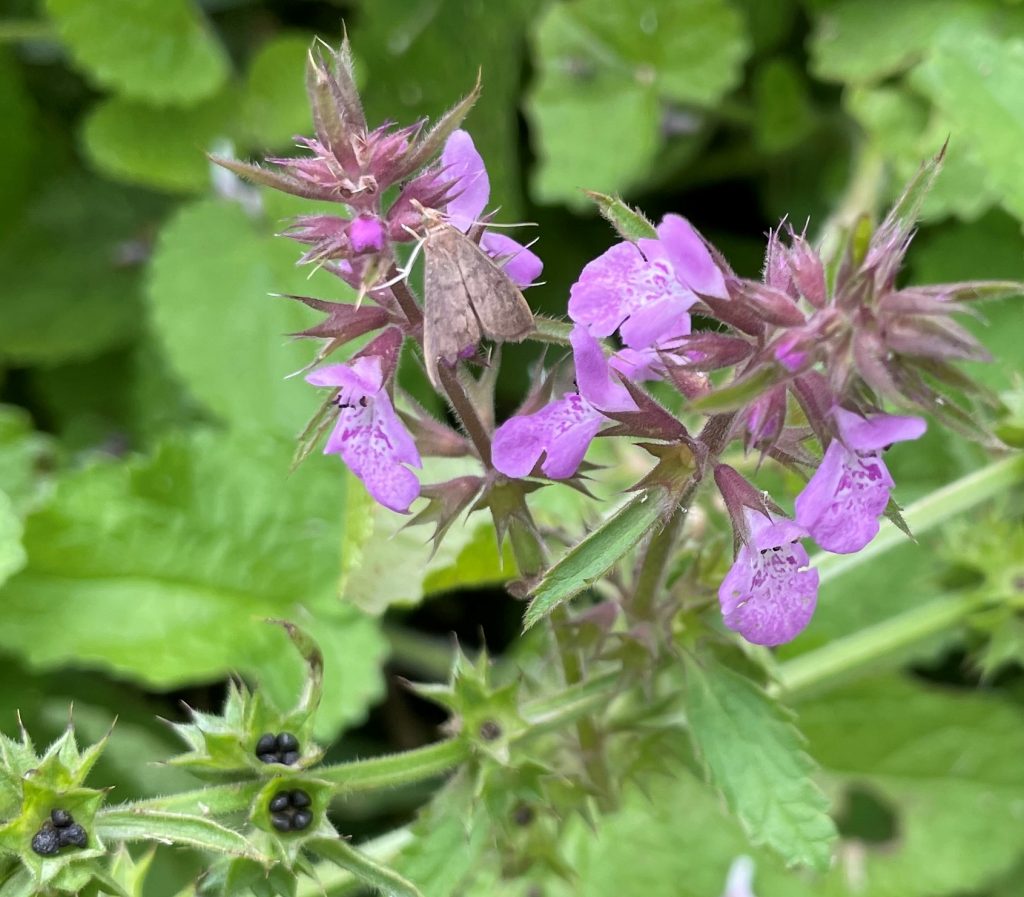
The flowers bloom on erect spires around which multiple, two-lipped orchid-like half-inch blooms whirl; the bottom lip is larger and speckled with dark pink and white markings. Pink mint spreads via roots and readily reseeds itself. The fruit ripens into four, one-seeded small black nutlets that are ready to collect when they easily spill out of their bract. Plants transplant successfully during winter and spring, even while in full bloom.
Butterflies, moths and wasps on Pink Mint
- Brown Longtail
- Ceranunus blue
- Cloudless sulphur
- Common buckeye
- Eufala skipper
- Fiery skipper
- Great Southern white
- Laviana white-skipper
- Little yellow
- Mallow scrub-hairstreak
- Monarch
- Orange-barred sulphur
- Queen
- Southern dogface
- Southern skipperling
- Tropical checkered-skipper
- Orange sulphur butterfly
- Vesta crescent
- Dusky Herpetogramma moth
- Inornate Pyrausta moth
- Genus Dielis wasp

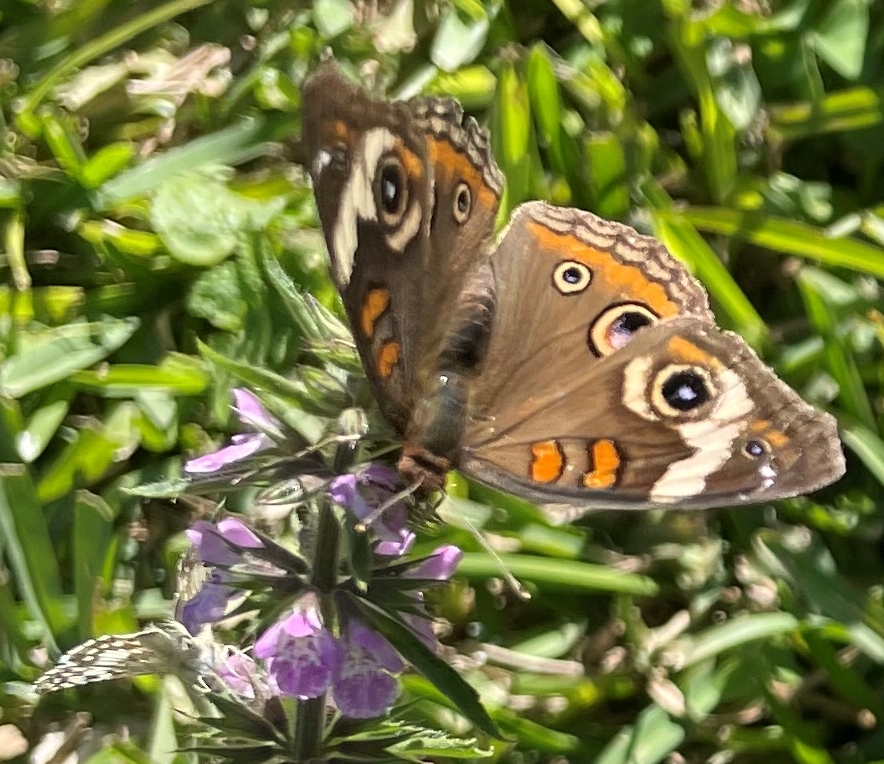
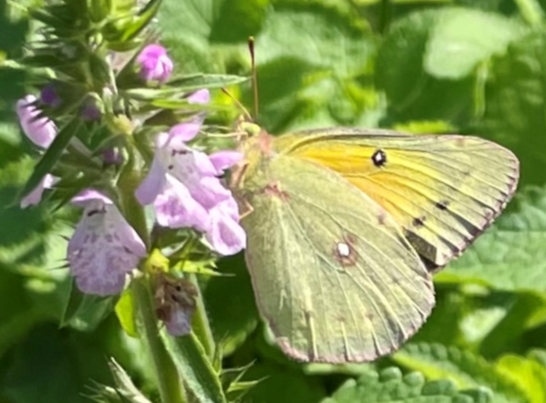

Leave a Reply